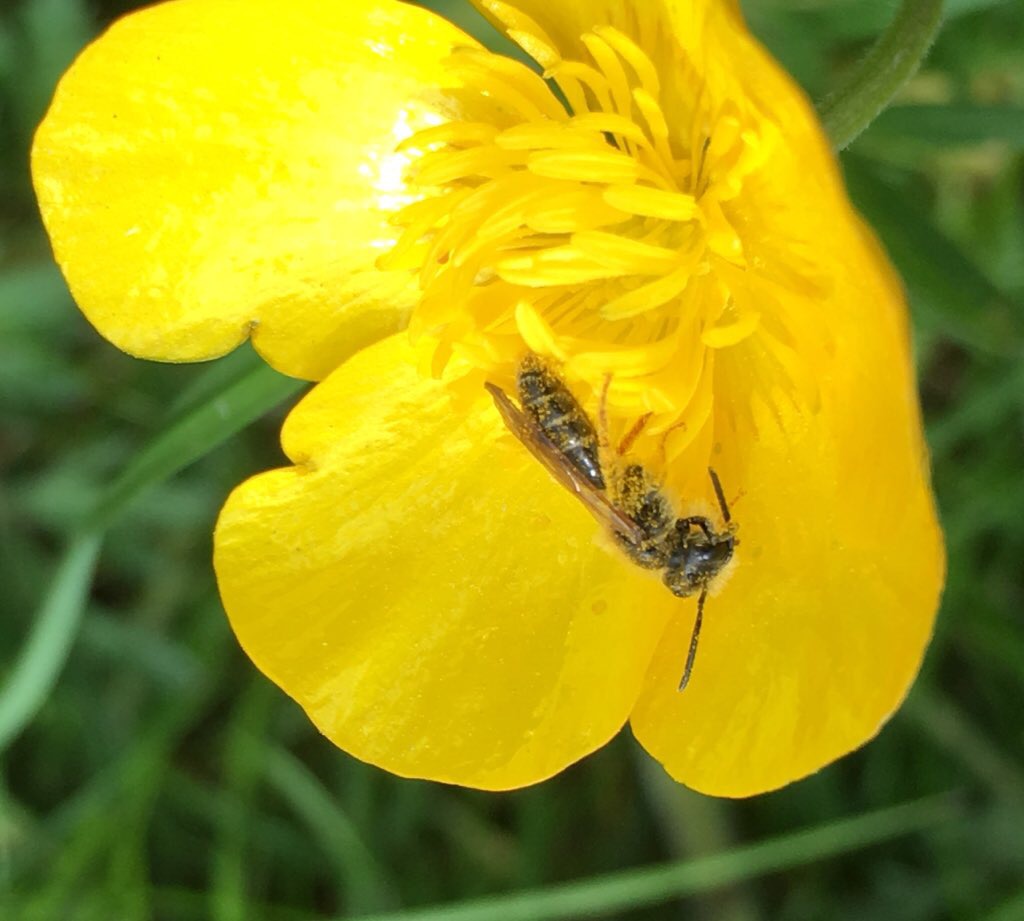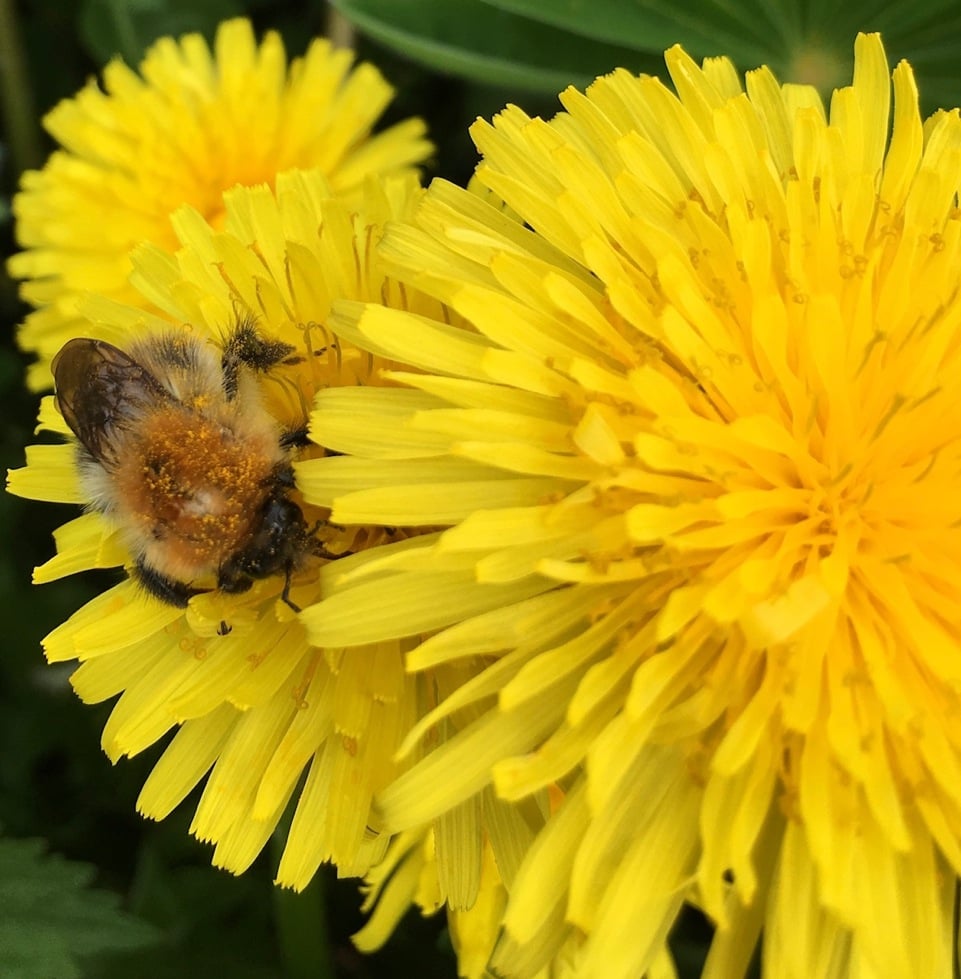
It’s not just garden plants and wildflowers that offer vital food sources for our wild bees. Many plants that some regard as weeds are also rich in pollen and nectar
Plants and bees have evolved together over millennia, with their lives intertwined so intricately that one without the other will struggle to survive. We know the bees are in trouble and gardeners are first in the queue for plants that are deemed to be good bee plants. But before you spend a fortune on exotic beauties, remember that sometimes it is what is under your nose that offers the best solution. Wild plants and native flowers are good bee plants for lots of reasons. They have evolved alongside our native pollinators and the chances are they haven’t been treated with pesticides. It’s pretty clear that plants that some regard as weeds are simply wild flowers and native plants growing where you don’t want them.
These are nature’s opportunists, germinating as soon as the weather allows and filling gaps, cracks and crevices with young, vigorous pioneering plants.
Changing perspectives
We need to fall in love with all flowers and appreciate the beauty in the smaller things. I’m not suggesting that you let your garden turn into a wasteland of brambles and nettles. But even these plants have a vital role in the ecosystem and food chain. Put on your rose tinted spectacles and take a look at what is growing and self-seeding in the garden. Look kindly on the ground ivy, clover and daisies in the lawn. These are the preferred food plants of many precious pollinators. Stake out the dandelions flowering in earnest and observe the huge range of solitary bees feeding on the nectar and pollen. If you can, let them flower and then deadhead before the seeds float into orbit around your neighborhood. Of course you won’t want to let them all grow and flower, but where you can, leave them be. You might want to remove or treat dandelions growing in the cracks in the paving, they can be a nuisance there if you crave that contemporary, clean look. So spot weed them with a natural product such as those based on pelargonic acid (from pelargoniums), or dig them out with a weeding knife, but leave some for the bees.
Low mow
Unless you are a fastidious gardener and a real lawn aficionado there are bound to be more than just grass plants in your lawn. Look closely at the other plants that grow there. You might be surprised at the variety and the beauty of the flowers. Buttercups and daisies, clover and bird’s foot trefoil are all fantastic plants for pollinators. But what is amazing about these plants is that they can be decapitated regularly by a lawnmower, they can adapt their growing habit from upright to almost two dimensional and they can also endure and survive foot traffic, football, pets and other lawn-hugging activities and still manage to grow, flower and set seed in between the mowing regime of your garden. So give them a chance to flower, leave a patch of the lawn to flower each month, it will save you mowing time and effort, reduce the amount of fuel needed to cut the lawn and provide food for pollinators. And it looks lovely too. Think low mow – reduce your mowing regime and let the lawn flower.
Bald spots

Once you start letting a little bit of lawn grow and flower you could become addicted to this more hands-off approach. Work with your lawn and instead of reaching for the patch repair kit when a bald patch appears, consider a good place to plant wildflower plug plants, or to sow a wildflower mix. But remember that bare soil is also a good habitat for many of our wild ground-nesting bees. If you see tiny spoil heaps resembling volcanoes on the lawn, these indicate the presence of mining bees and you are very blessed indeed. Give these bees some space while they create burrows, nest and collect pollen and nectar for their offspring. If they have chosen your lawn then the chances are there are the right plants and flowers nearby to provide what they need for food.
Take part in some citizen science and join the Friends of the Earth Great British Bee Count, which starts on May 17th until June 30th. More information here: www.greatbritishbeecount.co.uk










